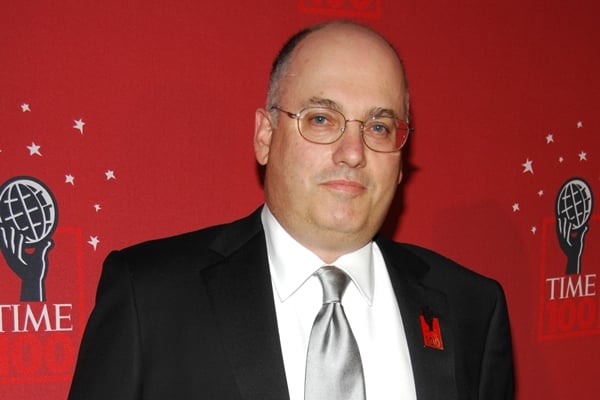People
Five Amazing Facts from New Yorker Profile of Steven Cohen

Photo: © 2014 Patrick McMullan Company, Inc.

Eileen Kinsella

The New Yorker has a lengthy (and we mean really really lengthy) story about the insider trading scandal at collector Steven Cohen’s SAC Capital that resulted in a nine-year prison term for a former trader, Mathew Martoma, who worked directly with Cohen at his Stamford, Connecticut, hedge fund. He was convicted of insider trading of pharmaceutical stocks that netted the firm a $275 million profit in 2008.
The only thing more astounding than the audacity and extent of the insider trading—which the story says was an all-but-direct mandate from Cohen himself—is the fact that, as the mastermind of the operation, he pretty much got off scot-free.
In March 2013, lawyers for the hedge fund agreed to pay $616 million to the SEC to settle civil insider trading charges. A few months after that, the SEC brought an additional case against Cohen himself, charging the financier with failure to supervise his underlings and charging that he was the recipient of “highly suspicious information that should have caused any reasonable hedge-fund manager” to take action. That case is still pending. Last summer the Department of Justice announced a criminal indictment of the company, but not Cohen directly. The firm pleaded guilty to those criminal charges and shelled out a whopping $1.8 billion fine.
Here are five of the most interesting, sometimes art-related nuggets of information about Cohen in the article:
1. The SAC headquarters in Stamford, which Cohen “kept fiercely air-conditioned”—so much so that employees were issued fleece jackets with the S.A.C. logo—was decorated with art from Cohen’s personal art collection, including, fittingly, Marc Quinn’s Self, a large cast of the artist’s head made with Quinn’s own frozen blood. It was kept in a refrigerated glass cube.
2. Not long after the $1.8 billion settlement with the SEC, news emerged that Cohen had bought Pablo Picasso’s Le Rêve, from casino owner Steve Wynn for $155 million. This is purportedly the second-highest price in history for a painting sold privately. An earlier deal between Wynn and Cohen in 2006 for the same picture—reportedly for $135 million—fell apart after Wynn accidentally put his elbow through the painting and it had to be repaired. Around the same time, the clearly unfazed Cohen also shelled out about $60 million for waterfront property in East Hampton.
3. During Martoma’s trial, Cohen was photographed sitting court side at a New York Knicks game with power dealer Larry Gagosian, from whom he has frequently bought millions in artwork.
4. According to a recent article in New York magazine cited by the New Yorker, Cohen, who has seven children, told them he felt betrayed by his subordinates. “People in the company have done things that are wrong, and they’re going to pay for what they did. I didn’t do anything wrong,” said Cohen, according to the report.
5. After investigators focused on a suspicious trade made after an email was sent to Cohen with alleged inside information, his lawyers mounted an elaborate defense claiming that “Cohen ‘likely never read’ the email,” explaining that
his Outlook window was behind two other programs, and the window was minimized, allowing Cohen to see only five e-mails at a time: “Cohen would have had to turn to the far left of his seven screens, minimize one or two computer programs, scroll down his e-mails, double-click into the ‘second-hand read’ e-mail to open it, read down three chains of forwards, and digest the information.”
Given these types of insurmountable obstacles, we have to wonder how he ever got anything done, no mind managing an ultra-successful multibillion dollar hedge fund while snapping up eight-and-nine-figure works of contemporary art by the likes of Damien Hirst, Richard Prince, Zhang Huan and Jeff Koons. Also, in the unlikely event that we ever get caught up in an insider trading scandal or are accused of receiving illicit, illegal information, we want these guys on our side.
The trader who sent the information was charged with insider trading, was convicted, and is currently serving a three-and-a-half year sentence. Cohen was never charged.